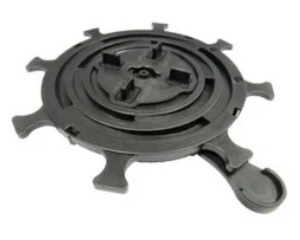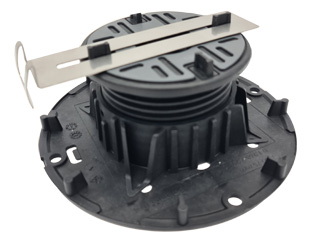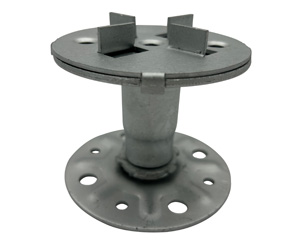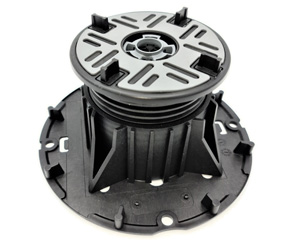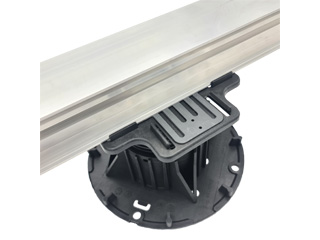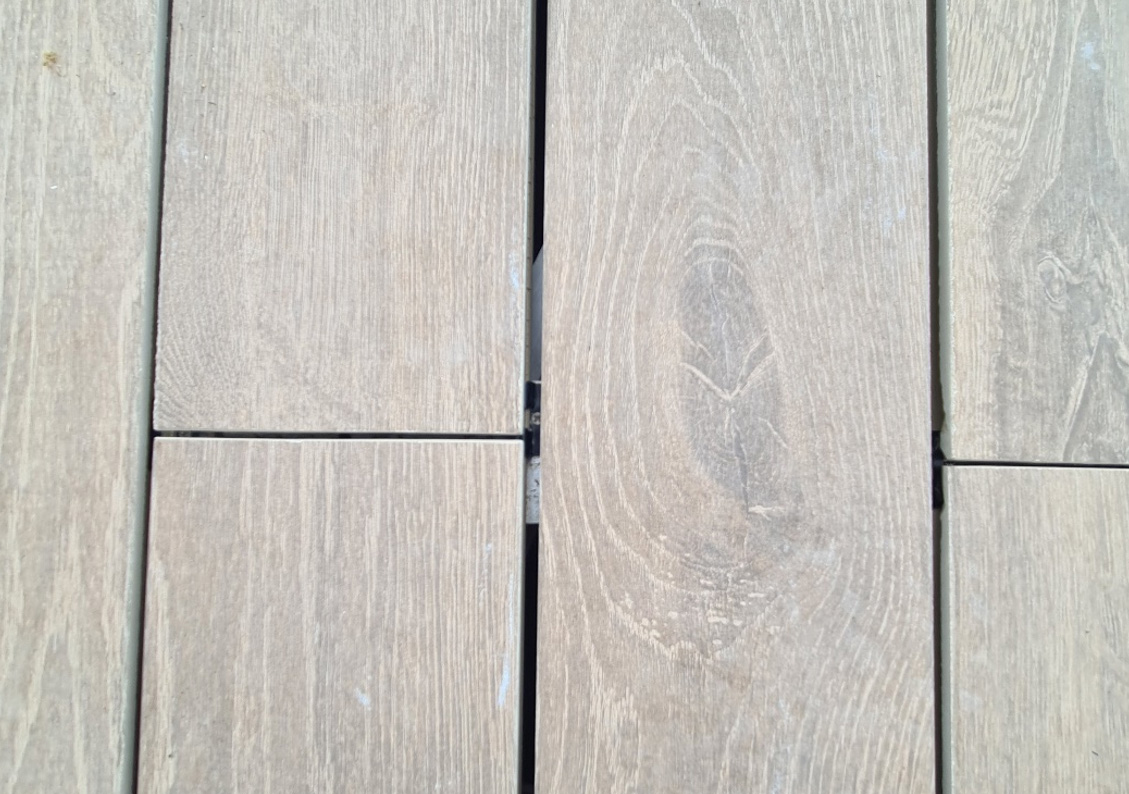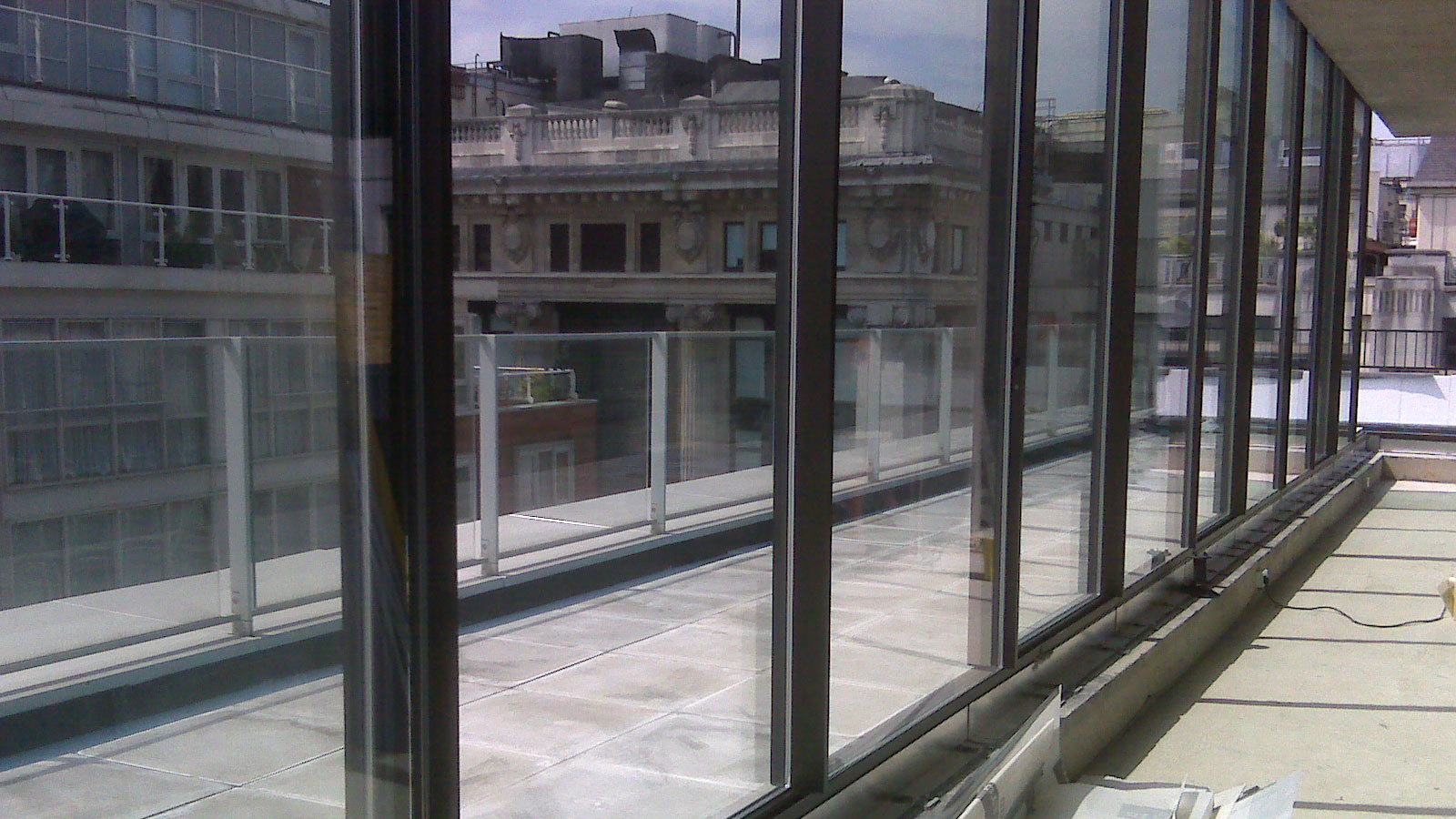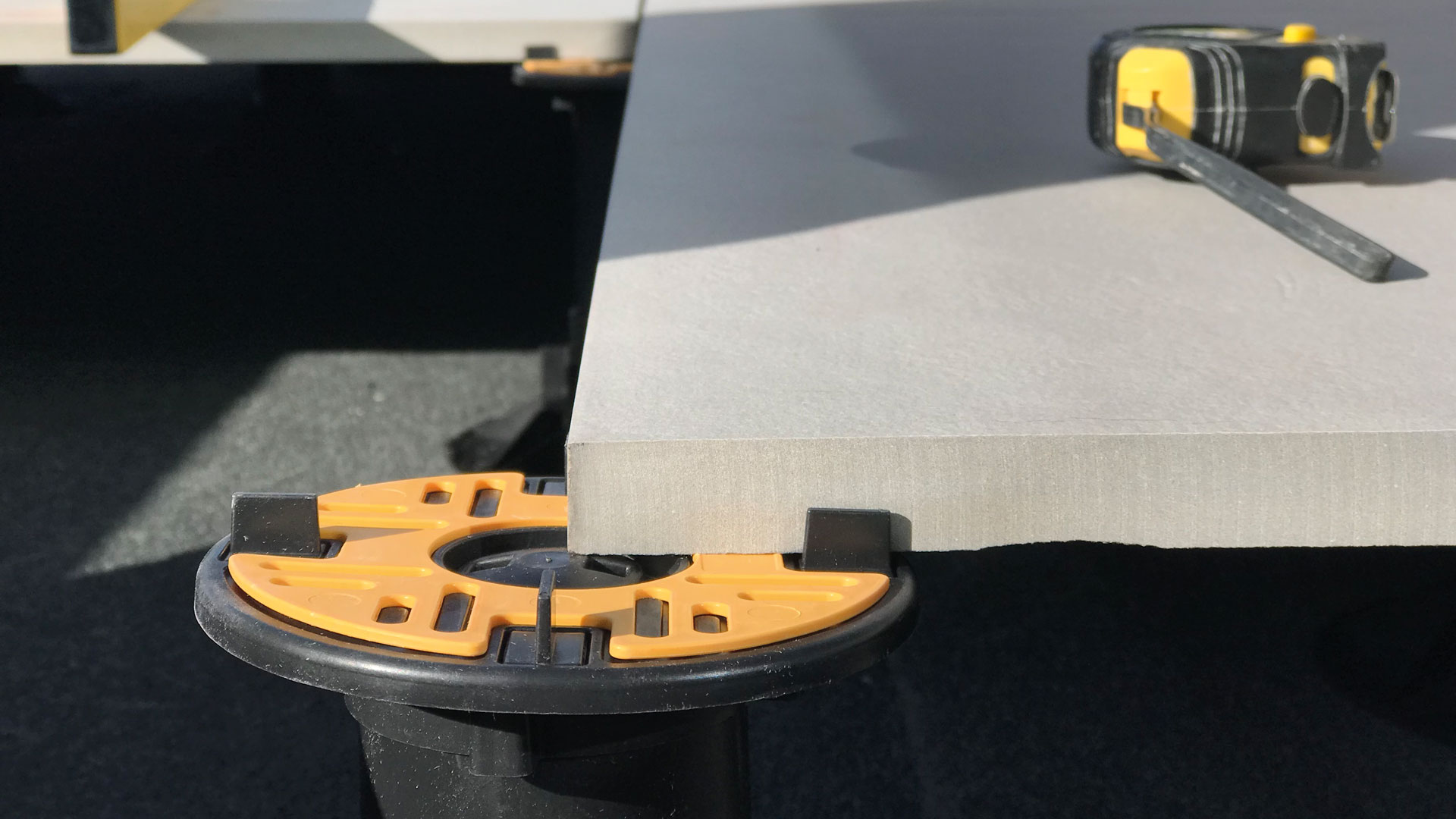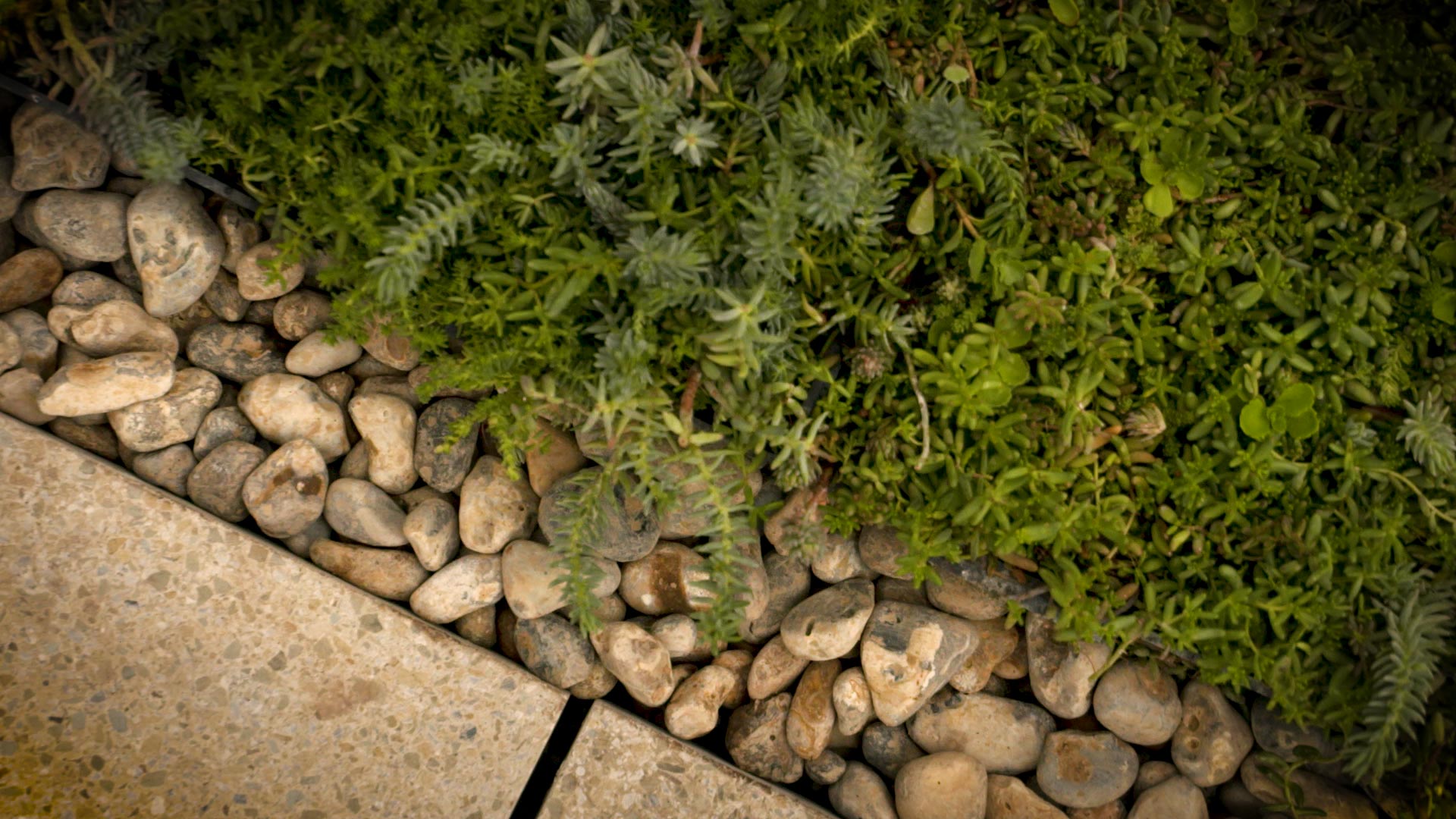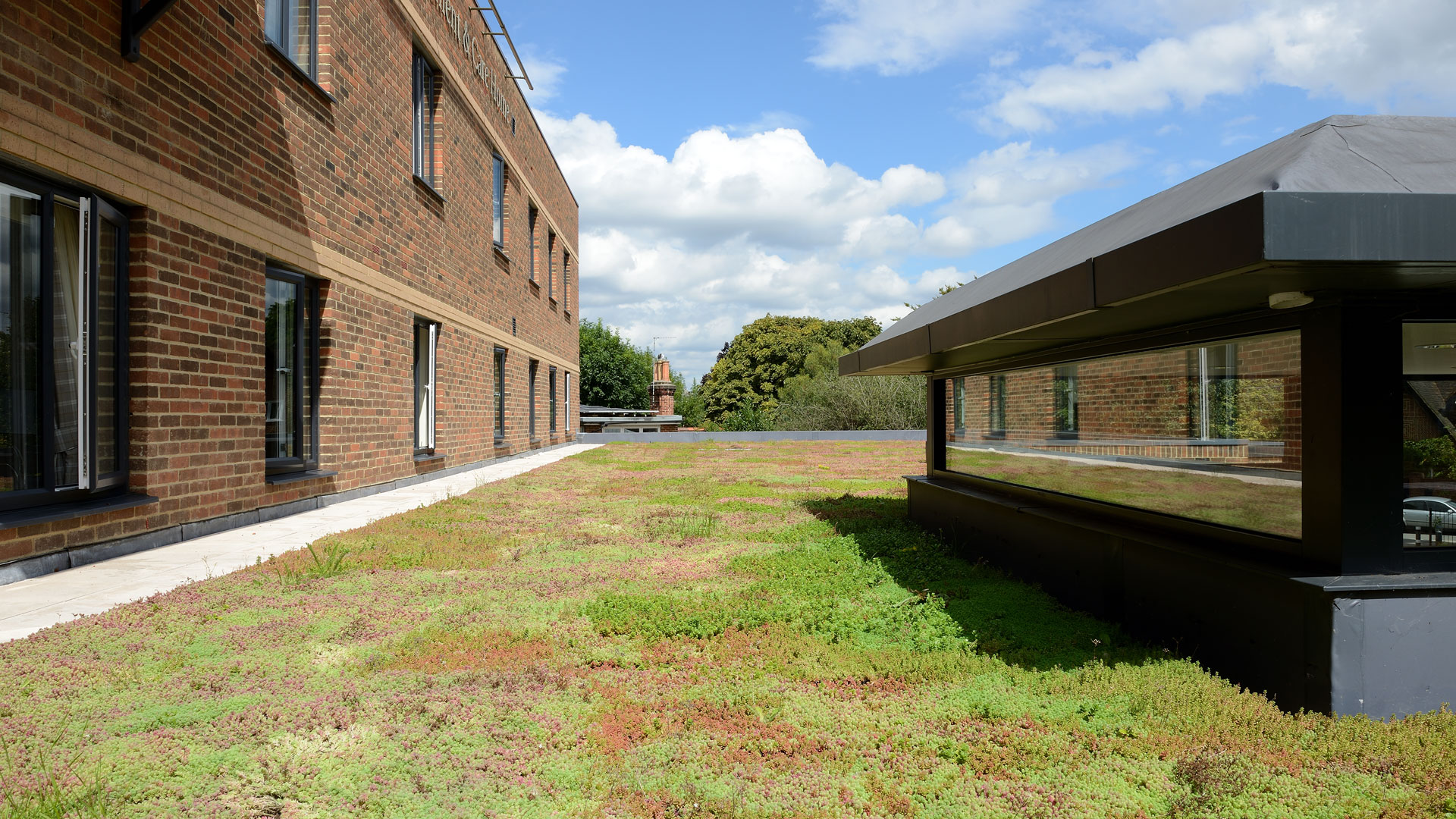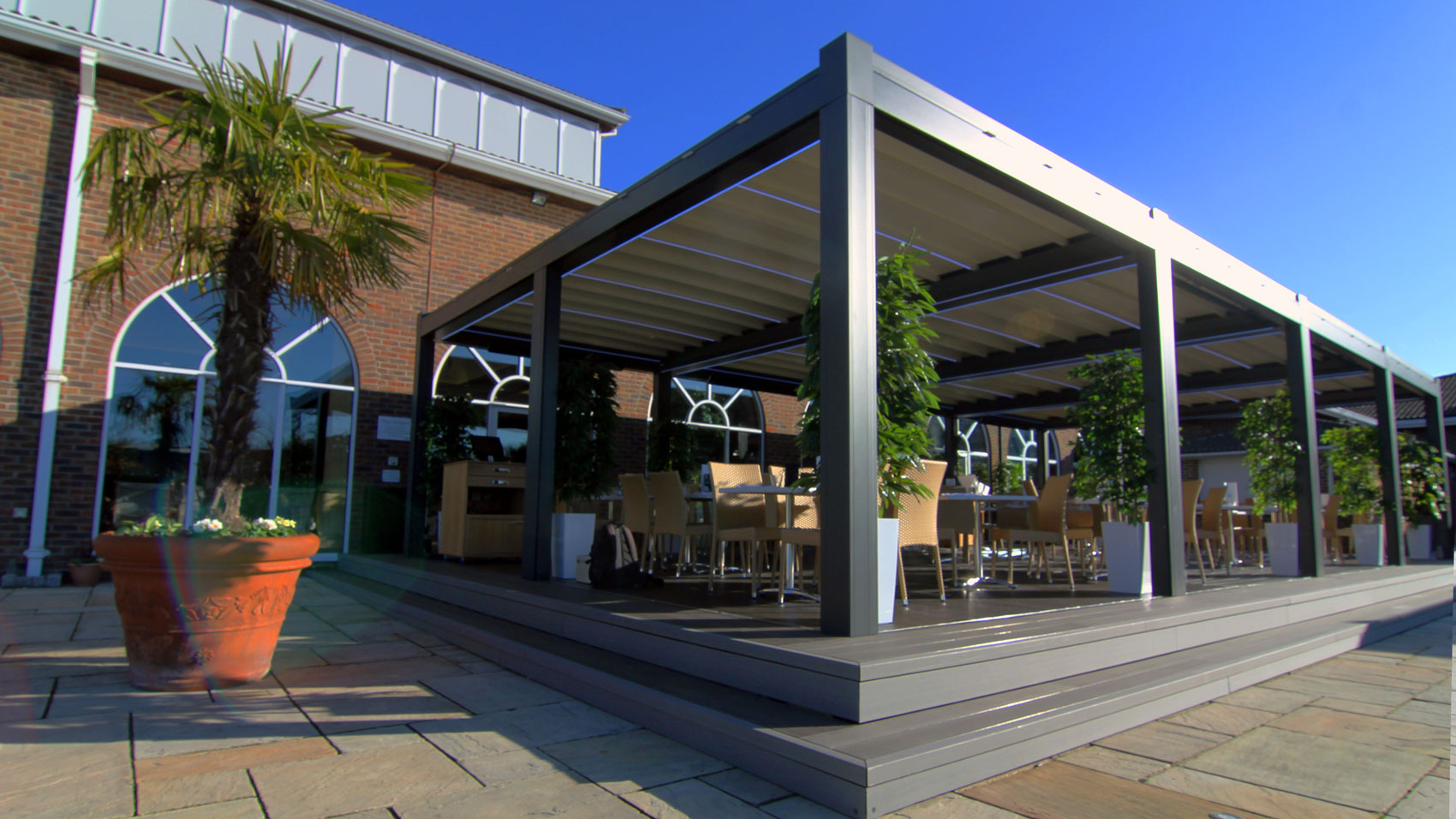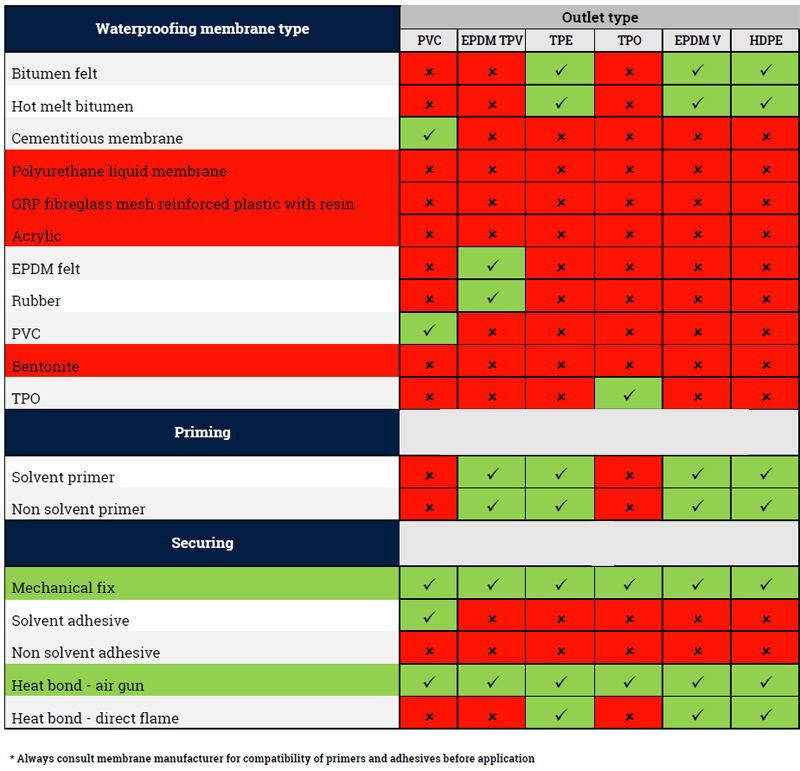As cities become increasingly populated, urban areas are becoming more and more polluted and unsustainable. Modular green roofs provide a solution to this problem by providing an eco-friendly and efficient way to reduce pollution while creating green spaces in urban areas. In this blog post, we will discuss the key components of modular green roofs.
The first component of a modular green roof is the substrate layer. This layer acts as the foundation for the entire system, providing structural integrity and support for the other components. The substrate is usually made from lightweight materials such as gravel or expanded foam insulation, which makes it easy to install on top of existing structures without adding too much weight.
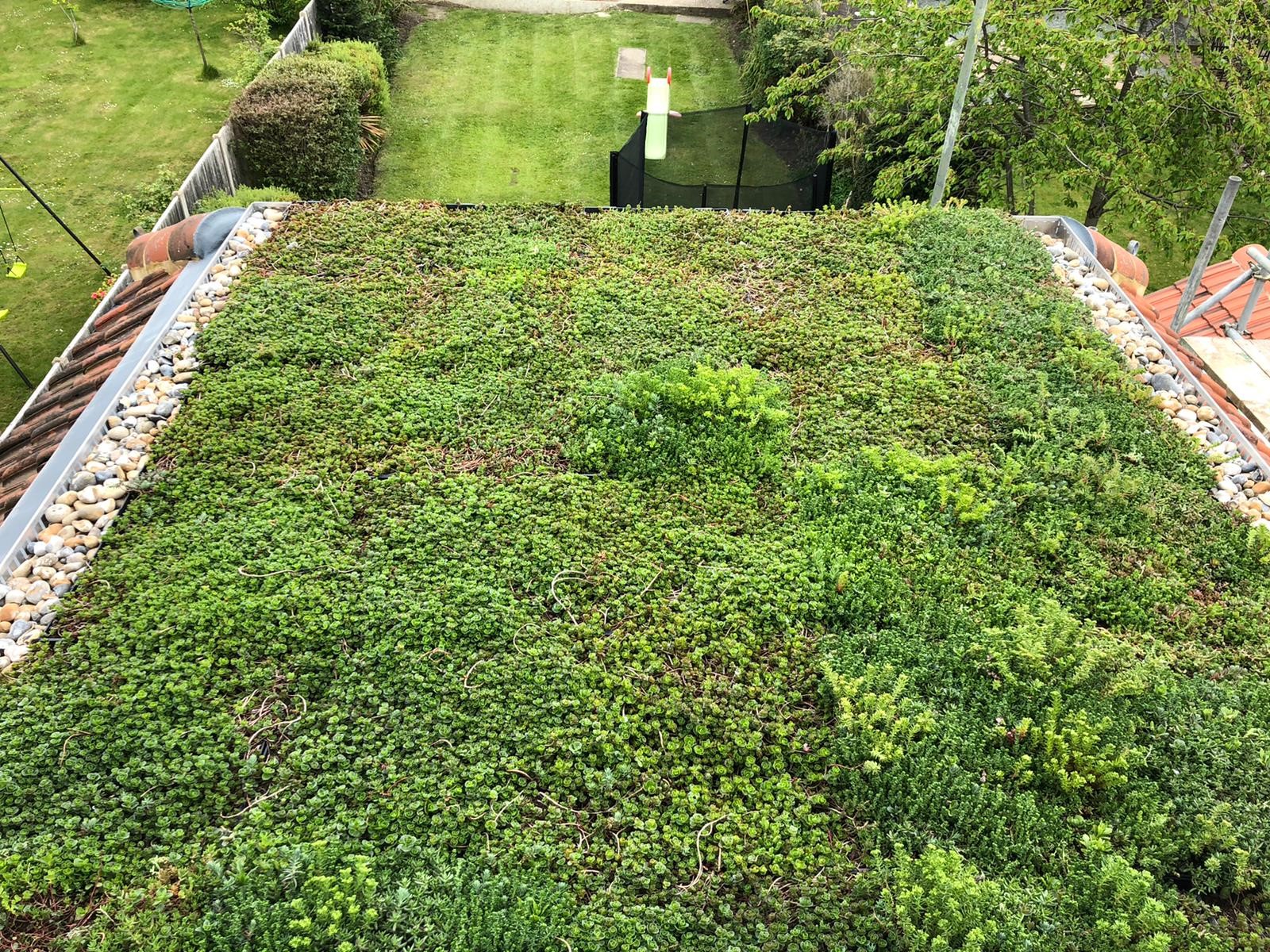
The second component is the growing medium. This layer contains soil or compost that’s designed specifically for green roof plants to grow in. The growing medium can be loose or compacted depending on your needs, and it should be light enough so that it doesn’t add too much weight to your roof structure. The growing medium also helps retain water and nutrients that allow your plants to thrive on the roof.
The third component is the drainage layer which helps direct water away from the roof structure and into a rainwater collection system or stormwater detention system. The drainage layer can be made up of geotextile fabric or other permeable materials that allow water to pass through while still retaining some solid particles like sand or gravel which help keep the plant roots in place. This is important because it prevents water from pooling on top of the roof, which can cause damage over time if left unchecked.
The fourth component is an irrigation system which supplies water and nutrients to your plants as needed throughout each season. Depending on your climate, you may need additional irrigation systems such as misting systems or drip irrigation lines in order to keep your plants healthy during periods of drought or heat waves. Automated controllers can also be installed to make sure that your irrigation system works even when you’re not there to monitor it manually.
Conclusion
Modular green roofs are an excellent way of introducing greenery into urban areas without compromising structural integrity or sacrificing valuable space for buildings and roads. By understanding these four key components – substrate layer, growing media, drainage layer, and irrigation system – you can ensure that your modular green roof will provide a safe space for local wildlife while also helping reduce air pollution levels in nearby cities!
